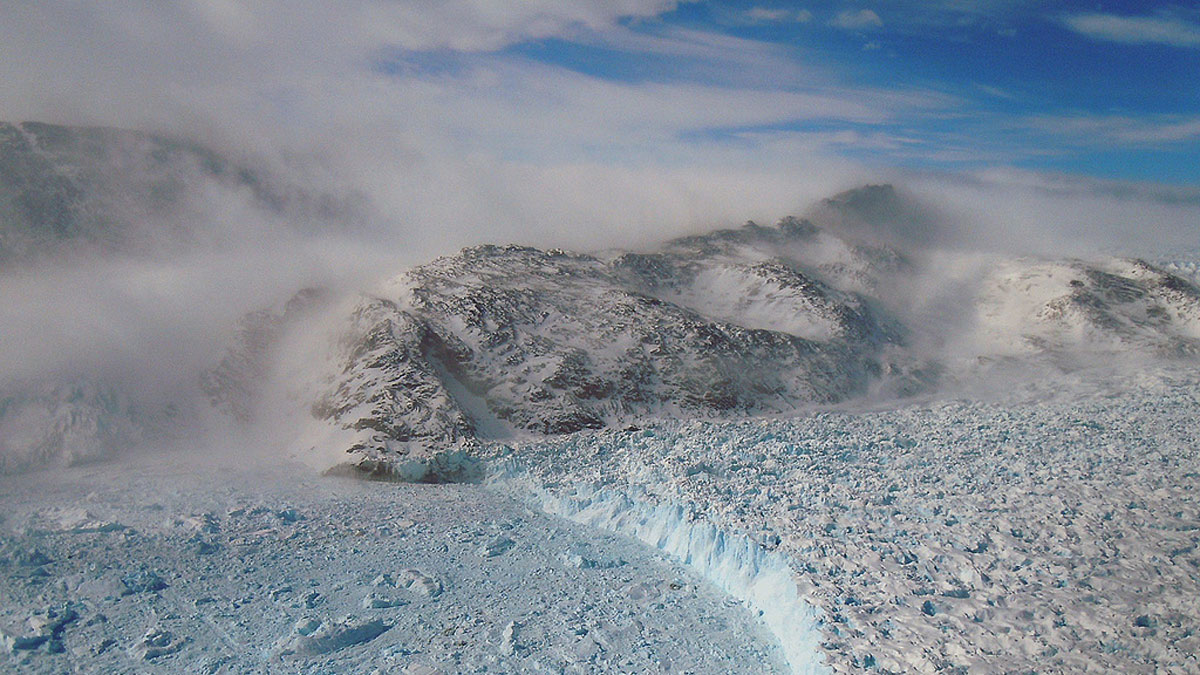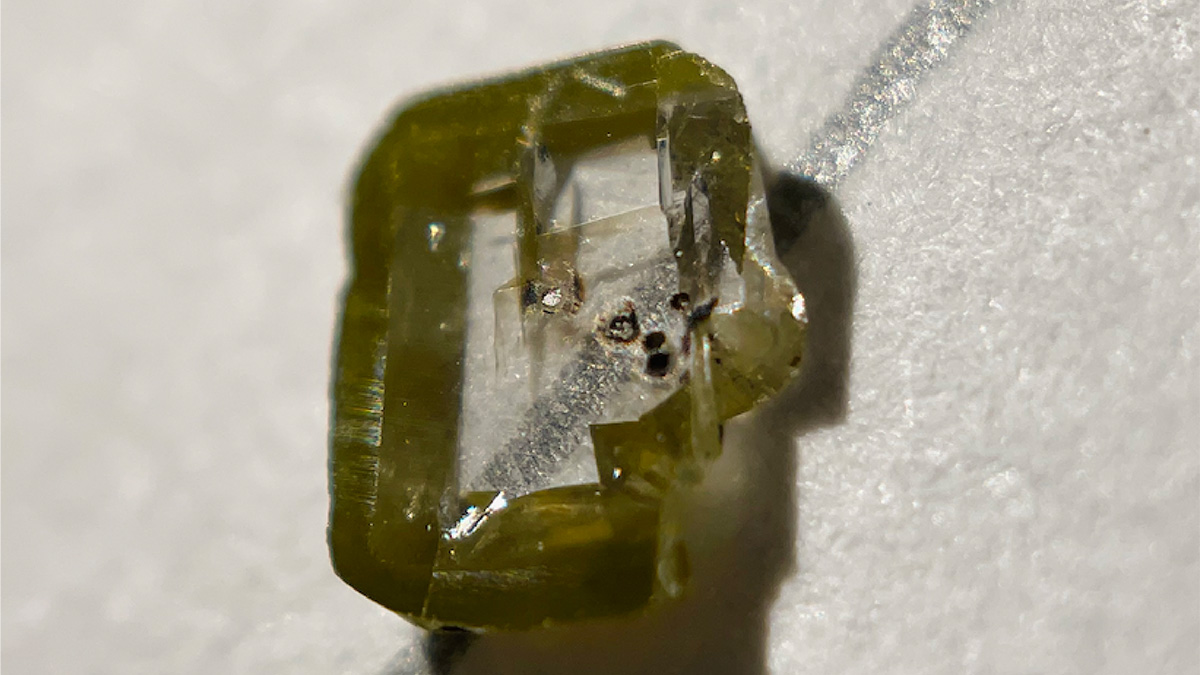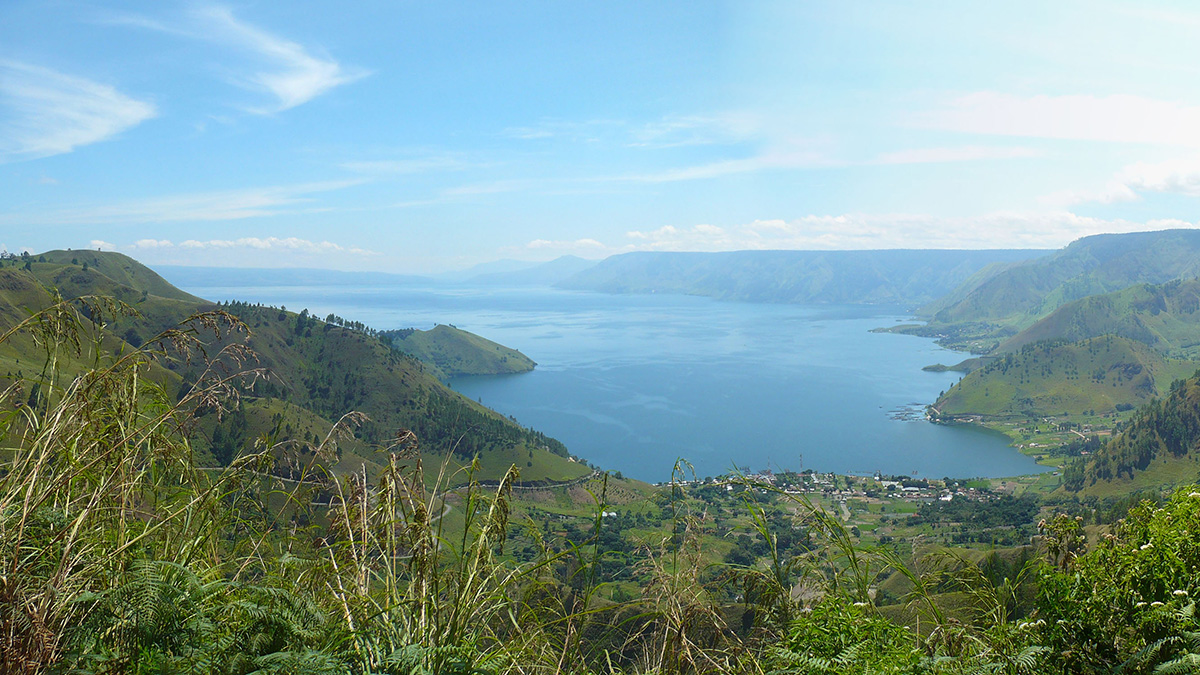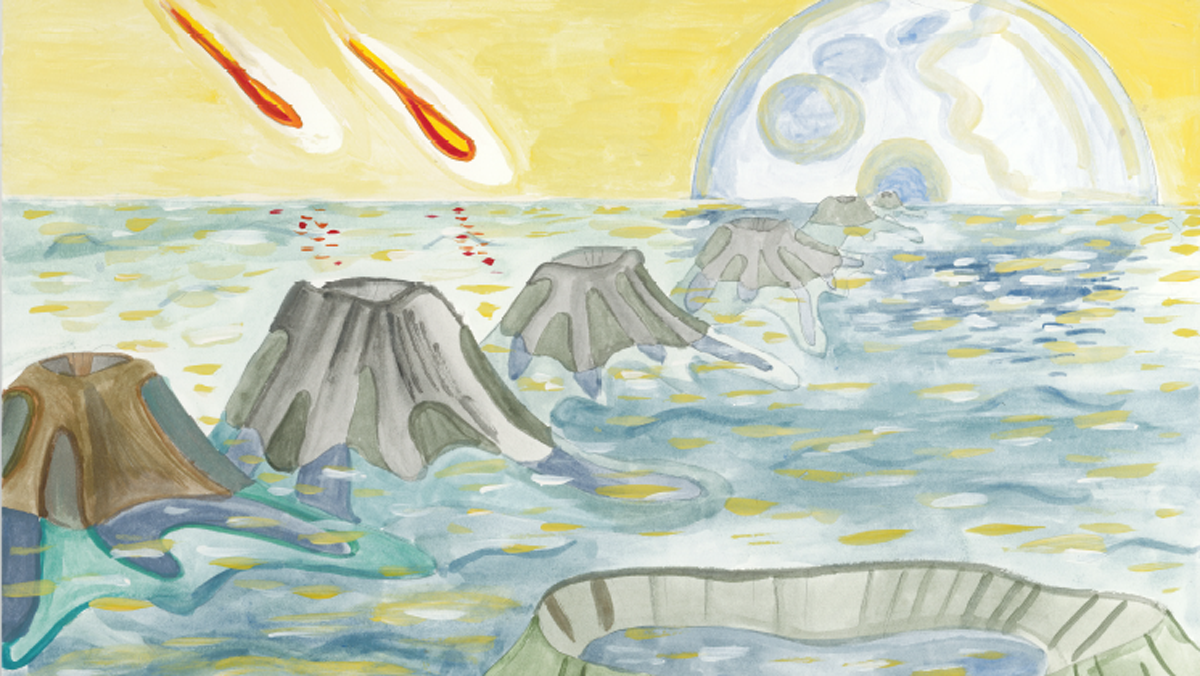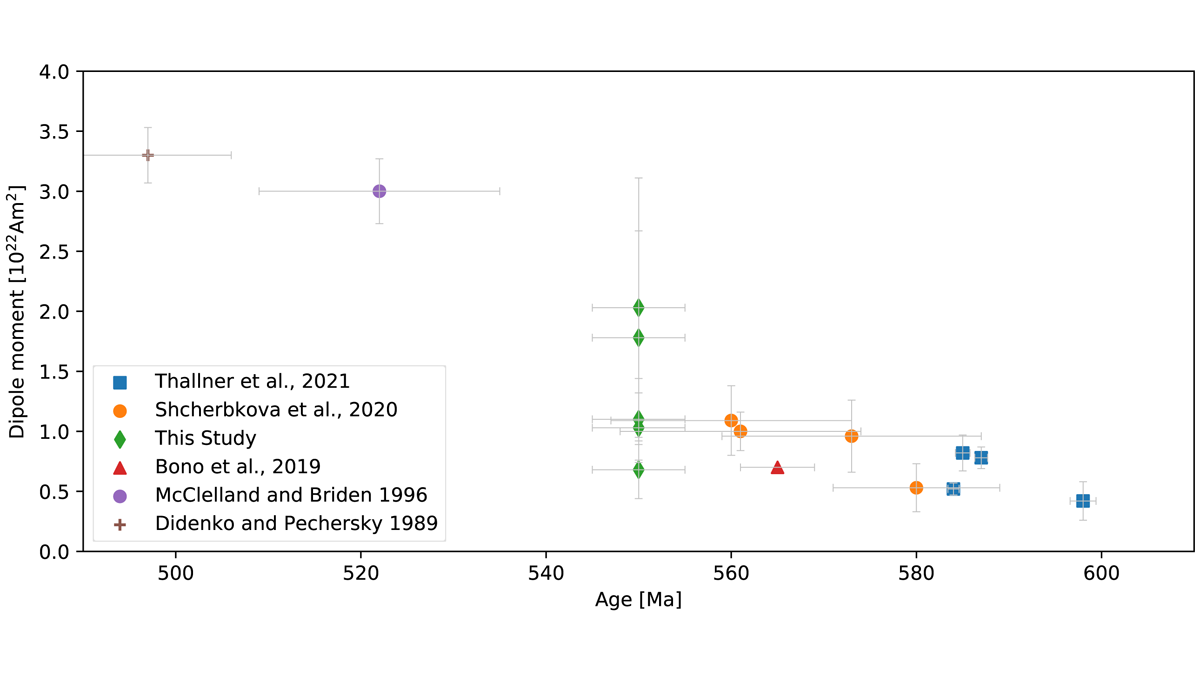New research attributes a shift to longer, stronger glacial cycles to increased friction between ice sheets and bedrock in the Northern Hemisphere 1 million years ago.
geology
When Climate Ruled the Dinosaurs of Grand Staircase
Living in Geologic Time: Navigate the prolific boneyards and shifting boundaries of Grand Staircase-Escalante and Bears Ears National Monuments.
Diamond Discovery Unearths Secrets of the Deep
A diamond inclusion has revealed a new mineral, davemaoite, as well as hints about the workings of our planet’s interior.
American Legacy Paleosecular Variation Data Unlocked
The geomagnetic field changes regionally on centennial time scales. A recent study unlocks three historical archives from the “Four Corners” region (southwest USA) reconciling previous discrepancies.
La vida después de una super erupción
Una vez que una erupción volcánica masiva termina, el sistema subyacente puede mantenerse activo por miles de años. Una nueva investigación vislumbra cómo funcionan los ciclos de super erupciones.
A Simple Recipe for Making the First Continental Crust
Laboratory experiments serendipitously revealed a rock-forming process that might explain how the first continental crust formed on Earth—and possibly on Mars.
Life After a Supereruption
Once a massive volcanic eruption is finished, the underlying system can remain active for thousands of years. New research illuminates how supereruption cycles work.
Thirsty Plants Pull Water from Bedrock
Shrubs and trees across the United States routinely sip water stored in bedrock, a discovery that has implications for the terrestrial water cycle.
A Dipole Field from the Ediacaran-Cambrian Transition Onward?
The Ediacaran features an instable magnetic field complicating paleogeographic reconstructions; a new paleointensity study on late Ediacaran rocks indicates a weak but stable dipolar field.
Extinct Style of Plate Tectonics Explains Early Earth’s Flat Mountains
The geologic record suggests that despite Earth’s hot, thin crust during the Proterozoic, mountains were still able to form thanks to an extinct style of crustal deformation.

